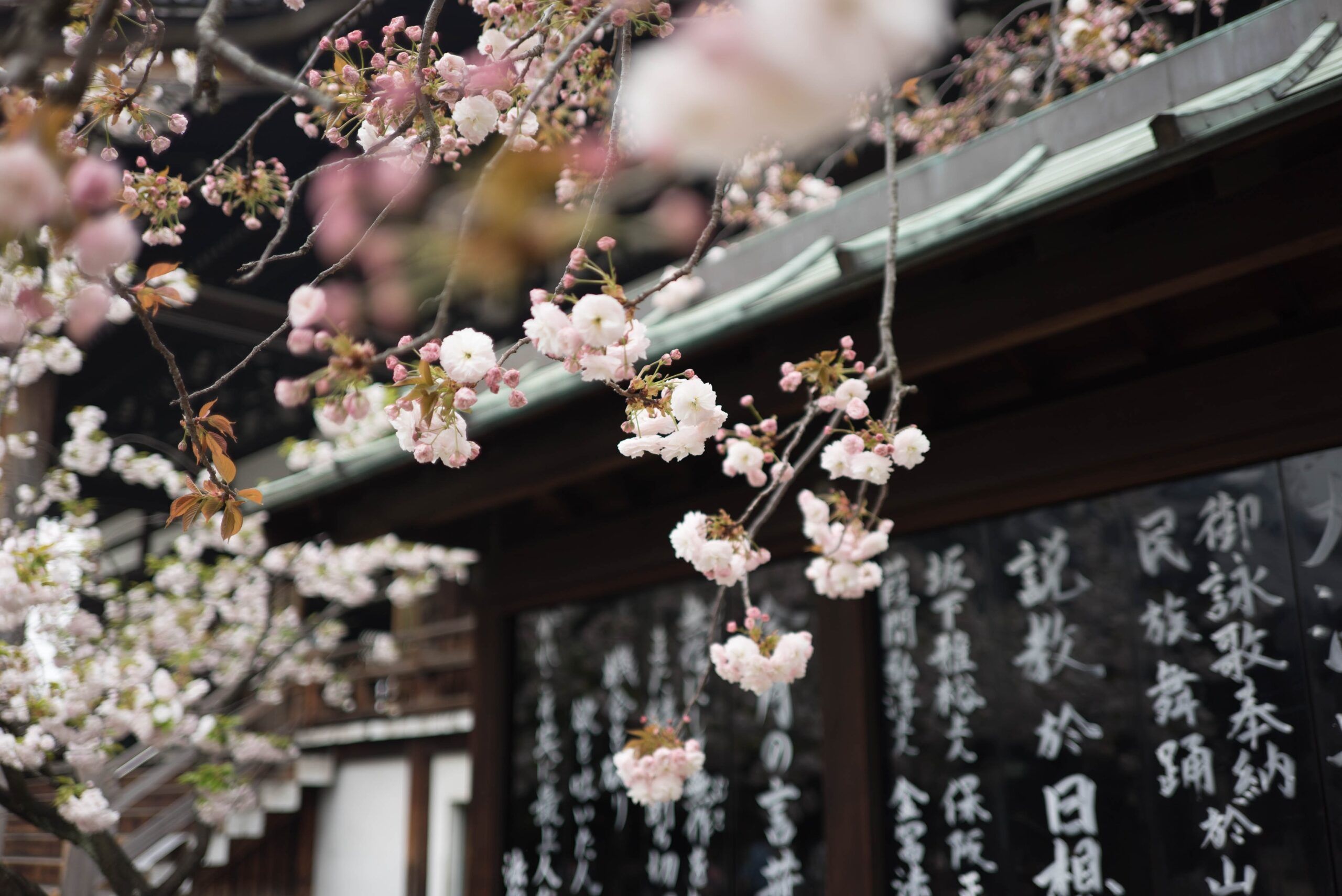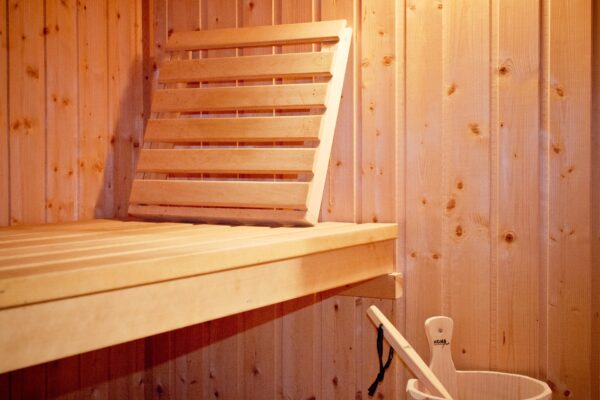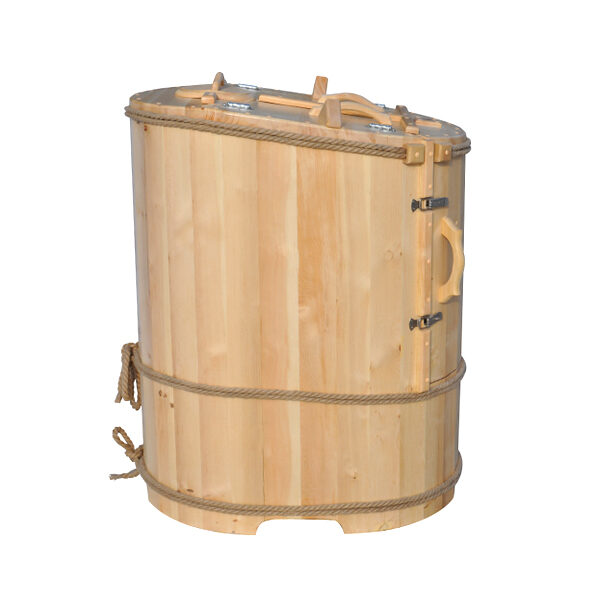
Looking Into Famous Japanese Bathhouses
It’s a nightmare to step naked in front of a stranger. But for the Japanese, it has been a customary ritual to lay bare when visiting their famous bathhouses.
One of Japan’s classic charms is their unique appreciation of their historical background that paved the way for the existence of cultural preservation. Exclusively, these conventional traditions had been evident in different contexts of Japan. One prime example is the meaningful significance of famous Japanese bathhouses. The cultural refinement had linked Japan’s both past and the future. Here’s the list of the best sauna in the market.

Types of Japanese Baths
For some, bathing displays the mere context of proper hygiene and sanitation. No one had envisioned that submerging for one will hold a special and unique significance. Conversely, unlike most people, the Japanese consider public bathing to be a sentimental tradition that preserves cultural history. Generally, the two renowned types of public baths are the sentō and the onset.
Delving between the two
The first category of famous bathhouses in Japan is popularly called the sentō. The traditional utilitarian lodge includes a barrier that would separate the customers into a generously-proportioned room based on their gender. A lone outsized bath is made available for washed bathers to sit and converse with other customers, including several well-built lined-up faucets.
Unfortunately, as the world moves forward in development, many Japanese homes have started to build their own baths. That said, many communal houses have lost their popularity in terms of customers even since the 20th century’s second half. Luckily, though, some other residents still choose to go in public baths because of their belief that bathhouses bring sentimental value in the form of emotional intimacy or skinship in pseudo-English Japanese.
On another note, the next type of the legendary Japanese bathhouses is known to be the onsen. It utilizes hot water coming from fresh hot springs. Collectively, the term onsen highlights how the bathing facility exhibits a service that caters to highlight the natural spring water. On the other hand, the term “onsen“ during the Kansai region is a collective naming scheme for sentō. This context often incites confusion in some people.
The cultural’s layout architecture
For most, the layout and architecture of Japanese communal bathhouses are diverse. The entrance of the conventional sentō is uniquely cloned to a temple that includes an exceptional Noren or a Japanese curtain. It is customary for the curtain to be draped in colors that are usually blue as it signifies the consistent hiragana or kanji, meaning hot water.
The time-honored curtains rested on each side of the door’s entrance lead to the datsuijo or the changing room. Traditionally, the men’s and women’s segments of the room are quite alike, with only a few exceptions. Moreover, Japan’s communal bathing service has two kinds of entrance: front desk and andai-styled.
The bandai is where the attendant of the bathing facility sits. It is usually a quadrilateral-shaped platform resembling a horseshoe with a railing attached. Overhead is a well-built timepiece along with a utility door for attendants positioned in front. Typically, every dressing room has an entry to a tiny Japanese garden with a pond and a chic toilet. Traditional favorites, such as milk drinks, are usually available in the refreshment chiller where customers can self-serve and chill out. Best sauna baths are curated here.

The renowned bathing area
As a traditional occasion, the changing and bathing areas are separated by a sliding door to sustain the heat. Conversely, there is an exclusion for this practice in the region of Okinawa as the environment is considered to be naturally hot. There is no line of separation for the sentōs in Okinawa. Oftentimes, there is only a tiny opening that allows customers to pass through.
The bathing facility’s entry commonly has a wide array of small containers and stools embellish with a tiled floor. The collection of washing stations is situated in the middle of the room, along with two faucets that offer both hot and cold water. With two to three available water temperatures, ceramic-styled bathtubs are placed at the finishing ends of each room.
The Japanese Bathing Propriety
There are essential procedures observed by a customer or a foreigner before reveling in Japan’s prominent bathhouses. It is vital for everyone who would wish to join a Japanese bath to know the proper etiquette. This will prevent other customers from getting upset if inappropriate procedures are done unconsciously.
The essential bathing equipment
A customer needs to have a small wrapping towel and shampoo when bathing in a public sentō. Most of the people take along two pairs of towels for drying and washing. The standard tool used for the bath is a nylon cleansing cloth soaked in liquid soap. Some regular clients use other hygiene products such as shaving equipment, creams, and even pumice stones.
In entering a Japanese facility, it has been a traditional method for customers to take off their shoes. These are kept in the bathing area’s shoe locker, and it’s typically free of charge. In some sentōs in Japan, men and women generally are separated by one of the two doors. The men’s kanji or door is typically painted blue, while the women’s are draped in pink tint.
One accustomed tradition is that some bathing facilities don’t allow customers with a tattoo in. For some Japanese, this had been a way to keep yakuza or violent groups out. It’s more than just culture preservation but a way of prevention as well.
The public bathhouses’ pricing rates
The pricing rates and the rules implemented mostly vary based on the bathing facility. In Tokyo, the minimal entrance fee for adults is a crisp ¥450. For children usually between the ranges of 6 to 11 years old, the pricing rate is ¥180 each, but the younger ones could enter for only a value of ¥80 each.

Conclusion
Despite the continuous development of time, the Japanese have always possessed a distinct way of preserving their culture. Even up until this point, the country’s historical context had been passed from the next generations through the medium of public bathing facilities. Indeed, it has been more than uplifting the significance of sanitation; it is an art of conserving history.